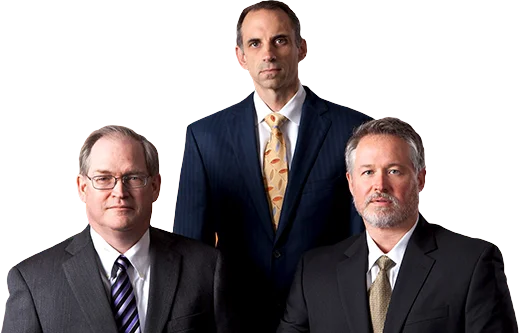Vehicles with tall, blunt front ends are more dangerous to pedestrians


All vehicular collisions are dangerous, but pedestrian crashes are some of the most terrifying. If a car is barreling your way, there’s little between you and the vehicle about to crash into you, as opposed to being inside your own car. Pedestrian crashes are also incredibly one-sided, with the pedestrian more likely to suffer injuries – or even death – than the driver.
But a new study shows that pedestrian crashes could be even deadlier.
New research from the Insurance Institute for Highway Safety (IIHS) found that pickups, SUVs and vans with a hood height of more than 40 inches are 45% more likely to cause fatalities in pedestrian crashes than other vehicles with hood heights of 30 inches or less.
The same research also found that vehicles with blunter and more vertical front ends – such as trucks and vans – were more dangerous to pedestrians than automobiles with sloping front ends, like sedans.
IIHS noted that over the past three decades, the average U.S. passenger vehicle became 4 inches wider, 10 inches longer, 8 inches taller and 1,000 pounds heavier. Many current vehicles are over 40 inches tall from the leading edge, the institute remarked, and for some large pickups, their hoods are almost at eye level for many adults.
The injuries from pedestrian crashes
Typically, if a car hits a pedestrian from the front, the impact tosses the pedestrian onto the hood or completely over the vehicle, depending on how fast the automobile collides. These types of crashes usually result in injuries to the lower extremities such as the hips and legs, though soft tissue, head, neck and spinal injuries may still occur.
However, a vehicle with a taller, blunter front end would instead run over a pedestrian instead of throwing them over. Crush injuries, broken limbs and ribs, organ damage or even traumatic amputation are some of the injuries a pedestrian run over by a taller automobile can suffer – if they even survive the ordeal.
Responding to a pedestrian crash
If you or a loved one were involved in a pedestrian crash, it’s crucial to first seek medical treatment. You might want to call the Texas Highway Patrol immediately after the crash for both help and medical assistance.
After recovery, you may be able to hold the offending driver responsible through a lawsuit. A personal injury lawsuit can help you recover economic damages, such as medical expenses, your lost earning capacity and even the household services you’ve had to purchase due to your debilitating injuries.
Consider approaching a legal professional first before filing a lawsuit. Should the case head to court, an attorney can walk you through the procedure and fight to protect your rights.

